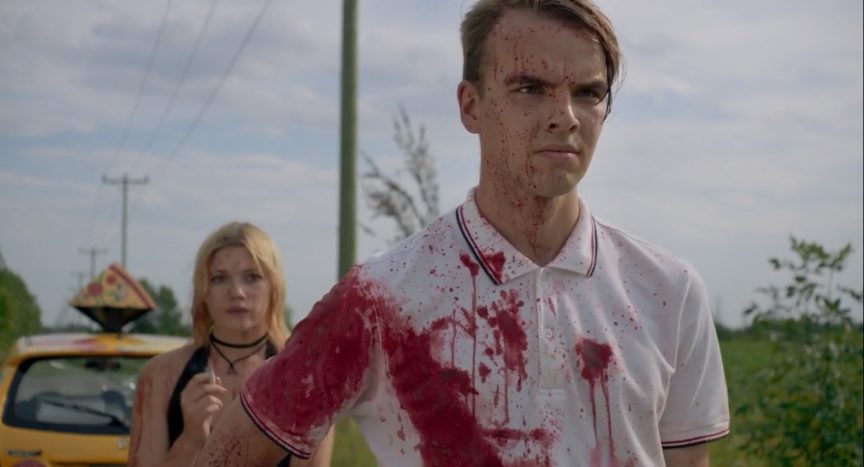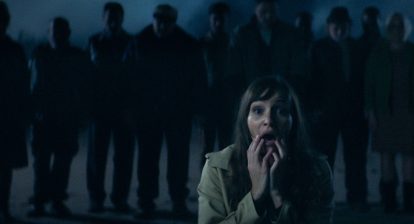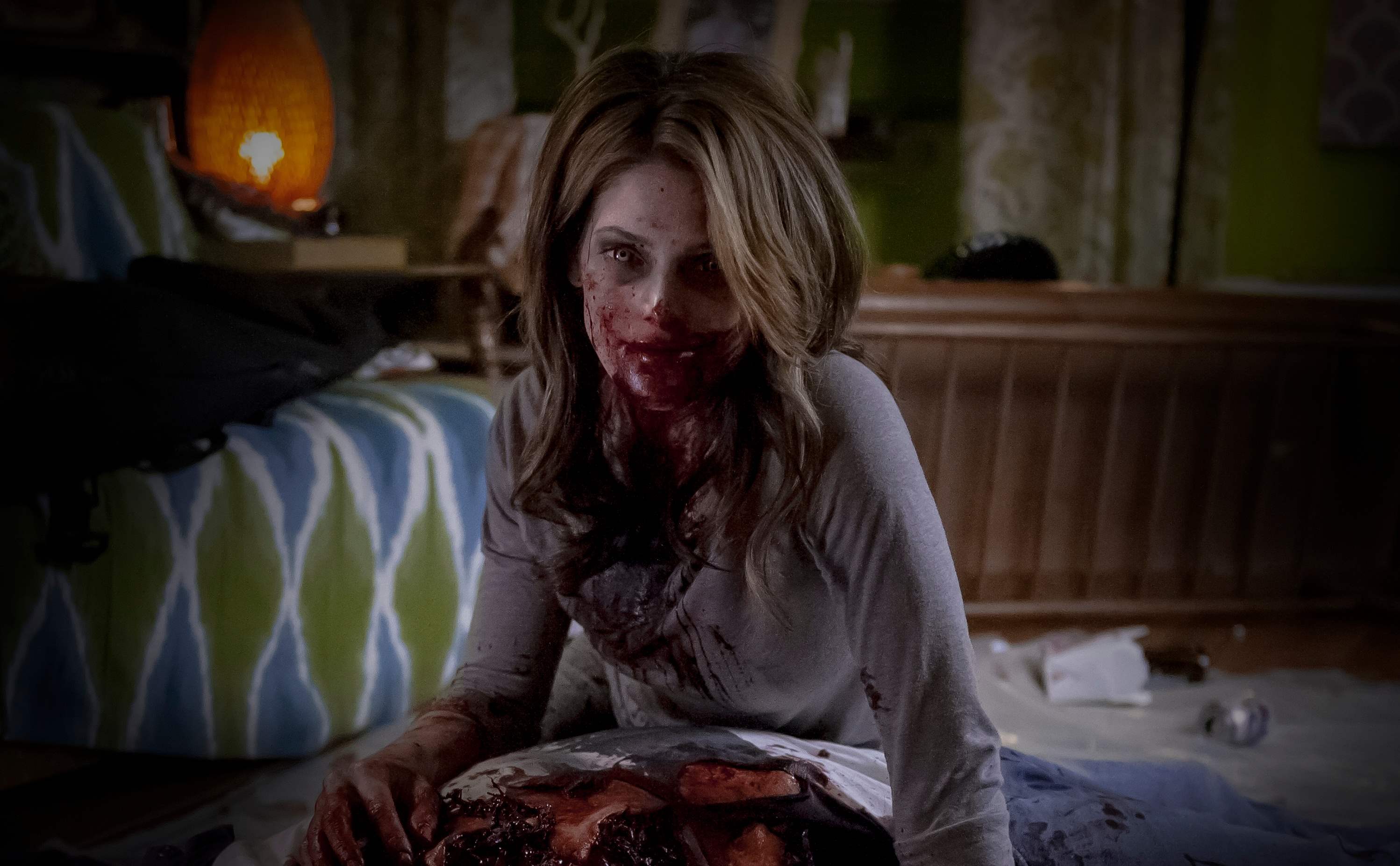Game of Death represents something that’s becoming more and more rare in the world of horror these days. To put it bluntly, it’s a film that doesn’t care about your feelings, and the more shocked, outraged and upset you are about its content, the better.
The French splatter-satire, initially released in 2017, finally started making the digital download rounds on Nov. 26, and if you haven’t given it the old look-see, you’re definitely depriving yourself of one of the year’s most innovative horror offerings.
It would be oh-so easy to simply describe the film as the hardcore horror equivalent of Jumanji, but I think that description discounts many of the things that makes Game of Death such a fascinating and riveting neo-exploitation flick. Make no mistake, this is a movie that has far more in common with transgressive arthouse cult classics like The Doom Generation and Gummo than it does Zathura or Ouija — indeed, from a strictly sociological perspective, it may very well be one of the most insightful zoomer-era horror flicks to come down the line in the last few years.
As would any respectable Eurocentric movie anchored around wayward youth, Game of Death begins in typical fashion, with our cast drinking copious amounts of Budweiser and smoking large quantities of weed and giving each other casual lap dances. Then they just so happen to stumble across an old board game atop a Nintendo Entertainment System, and then the inevitable happens—the demonically-possessed object drinks their blood and commands them to kill at least two dozen people. And if they fail to carry out the sadistic acts of murder and mayhem? No biggie, the board game just causes their brains to explode a’la Scanners.
Sure, sure, we’ve seen this concept before, but what makes Game of Death different is its stylistic approach. There’s a pervasive expressionistic aesthetic throughout the film, including these long, lingering shots of a blood-spattered television set playing a manatee documentary and scenes juxtaposing roadkill deer with teens bleeding to death in swimming pools. If absolutely nothing else, Game of Death deserves praise for its striking visuals — many of which become downright avant-garde in the later half of the film.
Also See: Ten Warning Signs You Probably Missed in Get Out
Then there’s the gruesome special effects. Needless to say, this movie contains some incredible gore, including what may very well be the single greatest gross-out scene of the year — a stunningly realistic shot of a wiggling, bifurcated corpse with his intestines splayed out over the pavement. And that’s just the tip of the iceberg, kids; from there, we get a downright brilliant scene where a jogger gets gunned down (seen through the perspective of the victim) and a particularly grisly kill sequence involving a tire iron. Unlike most modern horror offerings, Game of Death actually tries to mortify you with its violence instead of titillate you; each murder is backed up by this profound sense of dread and disgust. The mayhem in this flick actually nauseates you on both on a visceral and moral level, the way such graphic onscreen madness should.
Even better, the movie manages to throw a brilliant curve ball in the last 30 minutes, as our anti-heroes travel to a palliative care facility so they can ethically mass murder people. Which, of course, raises the question: does this movie have the guts to show six-year-old cancer patients getting their head blown off? Well, I ain’t going to spoil that for you, folks, but just to be on the safe side — you might want to bring a barf bag if you decide to stream this one.
See Also: Beyond Goosebumps: Kids Horror Books That Are All But Forgotten
Perhaps it’s not surprising that the mainstream critical consensus on the film is so negative — so coddled by “safe” horror, these so-called “pros” have no idea how to interpret the cinematic carnage before them. Simon Abrams’ half-a-star review of the film is exhibit A — a meandering screed where he can’t precisely pinpoint what he didn’t like about the movie, so he just rails against it for having a “waifishly thin” cast and too many references to Pizza Hut.
The fact of the matter is that Game of Death is a profoundly cerebral horror film, and unironically one of the greatest existentialist motion pictures to come down the pipe in the 21st century. It’s a film that perfectly encapsulates the nihilism and detachment of Generation Z, but in a manner that isn’t too preachy or on the nose. It’s easy to laugh at lines like “death is the bonus level” and “I’m not playing god, I’m playing the Game of Death,” but once you juxtapose that with the film’s message about the perils of soft hedonism and hyper-passivity, all of a sudden Game of Death becomes a much darker — and more alarming — movie. When one of the characters — now drenched in the blood of about half a dozen victims — drolly declares “we mean nothing, think about it” and “the only real way to win is to die,” it doesn’t come off as darkly comedic; rather, it almost comes off as a thinly veiled warning to society as a whole.
Obviously, Game of Death isn’t for all (or, for that matter, most) tastes, but if you’re looking for a horror movie that actually feels authentically countercultural, it might just be the most visceral and transgressively funny flick you see all year long — and one of the most depressing and demoralizing, at the very same time.
Wicked Rating: 8/10
Follow us on social media! Twitter, Facebook, and Instagram!





